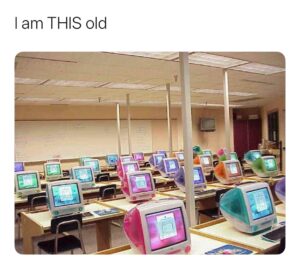Welcome back from break everyone!
This week in my quest to learn Spanish, I turned to YouTube as an online resource. YouTube has everything, right?

After doing some research on Google, I stubbled upon a YouTube page called, Butterfly Spanish. On this page, the lady named Ana has many different videos starting from a beginner level all the way to an advanced level. In addition, she also has specific videos such as vocabulary, conjugating verbs, adjectives, everyday sentences and phrases, comprehension and much more. Honestly, this has been my favourite online resource thus far. Let’s get into the pros and cons.
Pros:
First and foremost, I must talk about the accessibility of using YouTube. As many of you probably know, YouTube is an extremely user-friendly resource. On top of that, you can use it on any computer, tablet, or smartphone. Unless you annoyed over a 15 second add, you are not even required to pay for a subscription like many other online tools I have reviewed.
The second thing I want to talk about is the variety of content. This has been by far the most beneficial resource I used while learning Spanish. I can look up specific topics I want to learn. More specifically, I wanted to learn more real-life conversational phrases. This was perfect for that. It helped me expand my vocabulary and helped me with forming complete sentences.
YouTube is also great for the flexibility it gave me while watching videos. I was easily able to pause and rewind the video as well as add subtitles and slow down the video. This gave me time to improve pronunciation with ease. After a few hours of watching a variety of videos, I can happily say that this avenue has had the most progress throughout my learning journey.
Learn Spanish in 35 minutes: The 100+ everyday Spanish sentences you need to know! (youtube.com)
The link above is one of Ana’s videos from her channel “Butterfly Spanish “.
Cons:
Now time for the negatives. While I had a good idea of what I was wanting to learn, there was a lack of structured curriculum. With this sense of structure missing, it makes it challenging for learners to progress systematically from beginner to advanced levels. This would make the user have to plan and organize the route they are wanting to take in advance.
Overall, I would recommend YouTube to anyone who wants to learn a new language. The wide variety of videos combined with the accessibility is unmatched to YouTube’s competitors. I’m excited to continue to learn more of the Spanish language through YouTube!




